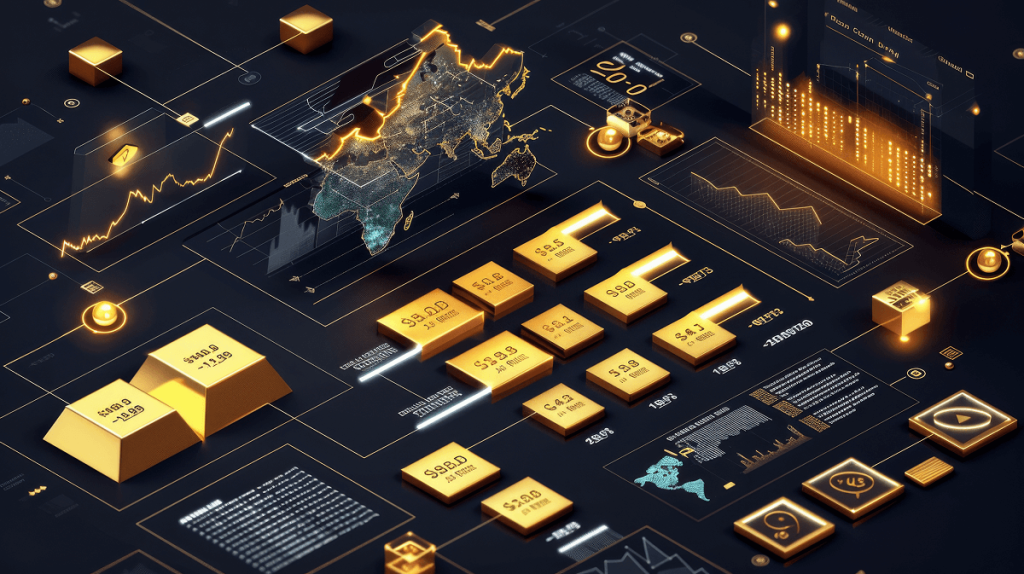
A hedge fund is a private investment partnership managed by professional portfolio managers. They accept capital from accredited investors and use a broad array of trading strategies to maximize returns.
Example: Brevan Howard, a macro hedge fund, uses a mix of discretionary and systematic approaches to trade currency pairs and precious metals in response to central bank activity and geopolitical developments.
Hedge funds utilize a mix of fundamental, technical, and quantitative methods to trade forex.
Example: A hedge fund goes long USD/CAD ahead of a U.S. jobs report expected to beat forecasts, anticipating dollar strength.
Many hedge funds operate fully or partially using algorithmic and quantitative models.
Example: A hedge fund deploys an algorithm that automatically adjusts forex exposure based on sentiment scores derived from central bank speeches and press conferences.

Gold is not only a commodity—it’s a strategic macro asset often used for hedging.
Example: In anticipation of inflation exceeding expectations, a hedge fund goes long gold futures and long TIPS (Treasury Inflation-Protected Securities).
Hedge funds use a variety of instruments depending on strategy, liquidity, and exposure requirements:
Example: A hedge fund expecting a temporary gold spike buys short-dated GLD calls while simultaneously selling longer-dated ones to reduce cost.
Hedge funds follow strict, multi-layered risk management protocols:
Example: Before a major Federal Reserve meeting, a hedge fund temporarily cuts leverage in USD positions and purchases gold call options to hedge tail risk.
Hedge funds depend on specialized data feeds and execution platforms:
Example: A hedge fund overlays economic surprise indices with machine-learning sentiment scores to time USD and gold entries.
Hedge funds trade forex and gold using a sophisticated mix of macroeconomic analysis, quantitative models, and risk control strategies. Their edge lies not only in superior capital but in the discipline of research, execution, and adaptation. By studying these institutional strategies, retail traders can gain valuable insights and improve their own trading processes.
Disclaimer: The information and tools provided by Sky Links Capital are strictly for educational and informational purposes only. They do not constitute financial advice, investment recommendations, or an offer to buy or sell any financial instruments. Users should make independent decisions based on their own research and, where appropriate, seek professional advice.